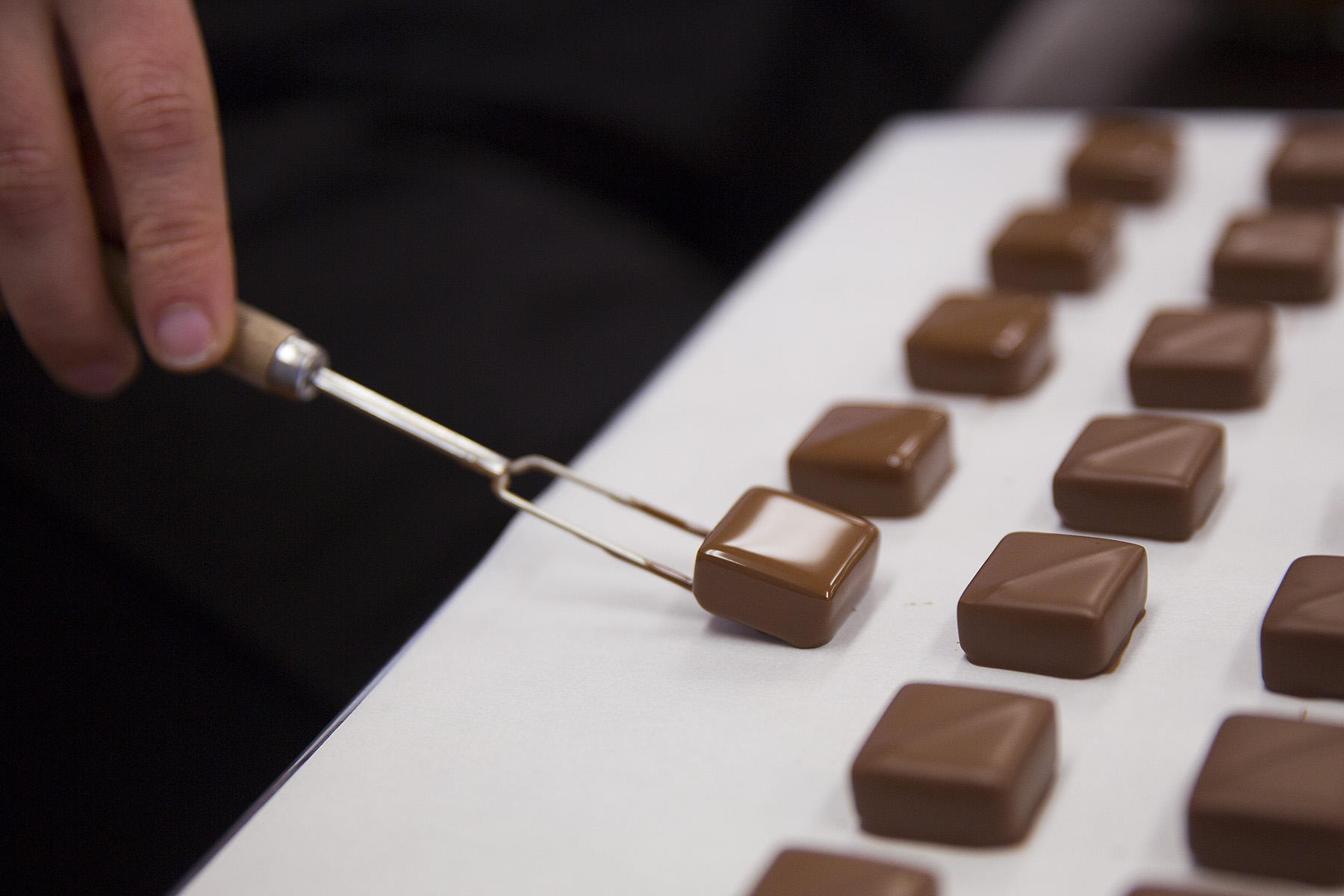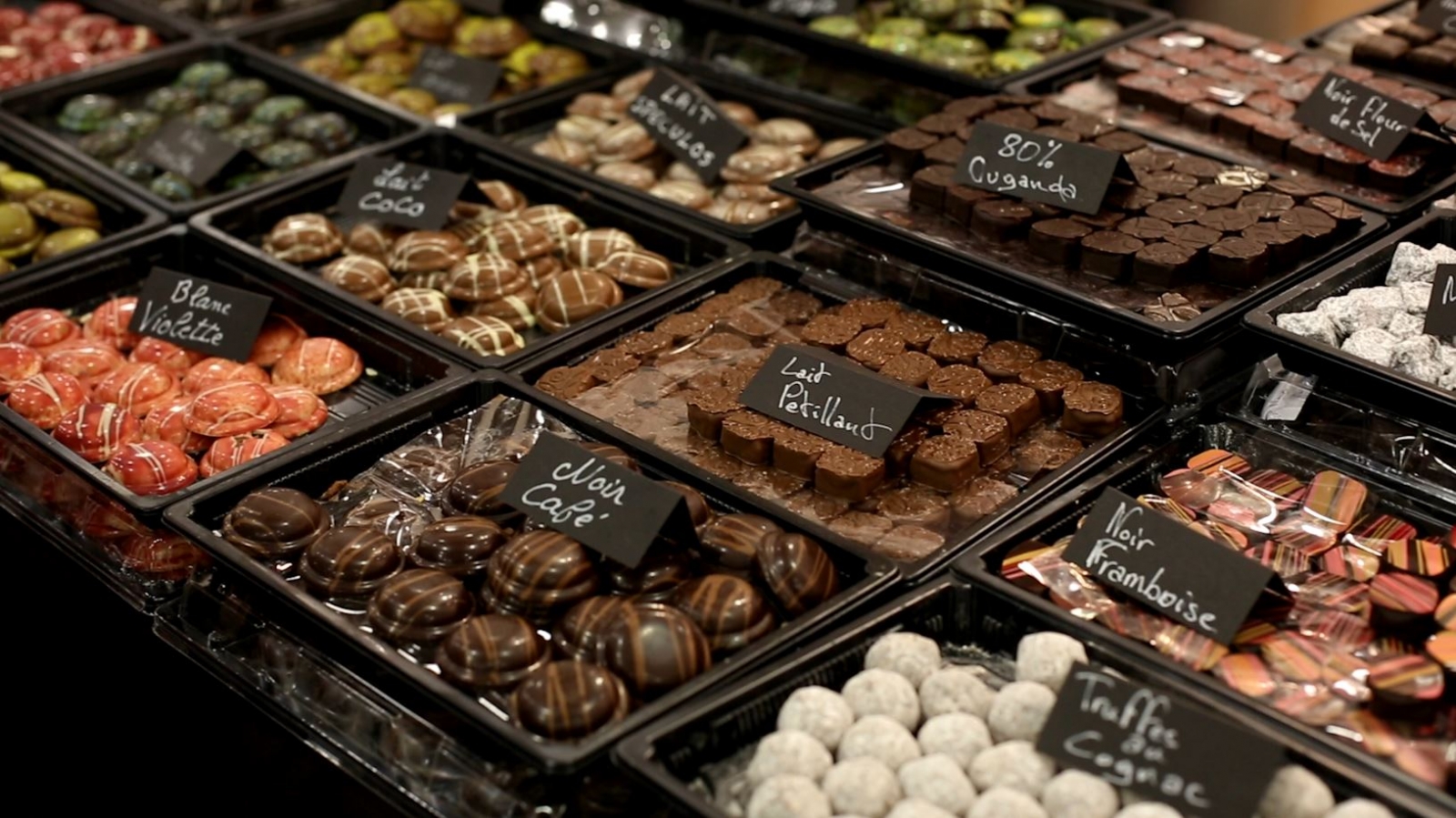

They are even expected to carry heavy sacks of beans and beaten if they stumble or collapse. Children who end up on the farms often work 14- to 16-hour days. The traffickers themselves are aided by local militia. They agree to the work to help their families financially.Īs journalist Miki Mistrati shows in the documentary “ The Dark Side of Chocolate,” the traffickers then take the children to the Ivory Coast or Ghana, where they are sold to the farmers. Reporters have found that many children are approached by traffickers and told that they will earn good wages on the cacao farms. Not all but many of the children come from Mali, especially from very poor rural villages.

Legal scholar Erika George notes that the vast majority of the children end up on the cacao farms through trafficking. The beans are in pods that must be cut open with machetes, making the work quite dangerous, especially for children. And so to economize they turn to children – often as young as 5 but more typically 10 to 12 years in age. Harvesting and processing cacao is labor-intensive and many of these indigent farmers simply do not have the financial means or adequate family labor to make cacao growing viable. The cacao farms are still operating there: mostly small, and with poor owners. The plants require warmth and humid growing conditions that are common to the tropical forests of the Ivory Coast and Ghana. AP Photo/Schalk van Zuydam, Fileĭuring the early 19th century, a period marked by colonialism, the British introduced the cacao plants to West Africa, where the growing conditions were ideal. Children as cheap slave laborĬhildren living in a cocoa-producing village walk back from the fields on the outskirts of the town of Oume, Ivory Coast, on June 30, 2005.

The connection to slavery does not end here.

Refined sugar cane made its way to England, where it was consumed by the working class as a quick source of energy and a way to satiate hunger.Įuropean goods then made their way to Africa in exchange for slaves, in what anthropologist Sidney Mintz noted in his 1985 book “ Sweetness and Power” as a “triangle of trade.” It was Caribbean sugar produced by the enslaved West Africans in the 19th century that made chocolate palatable. Sugar cane was cultivated by enslaved West Africans in the Caribbean and the Americas as part of the Atlantic trade. The mixture was then poured into molds and sold, thus ushering in chocolate’s popularity among the European masses. The invention of the cocoa press in the 19th century allowed manufacturers to combine sugar with the fatty butter extracted from the beans. It was not until the 17th century that chocolate was consumed throughout Europe, initially among the aristocracy. Hernan Cortes, the famous Spanish explorer, is said to have brought cacao back to Spain in the early 16th century there it was mixed with sugar and honey as a drink. However, the chocolate used in ritual life was a far cry from the chocolates that we enjoy today. Coe note, by both the Maya and Aztecs throughout the 15th century. It was also used, as anthropologists Sophie D. The Olmec used chocolate in religious rituals and as a medicine. The Olmec were the first to transform the cacao plant into chocolate, around 1750 B.C. History of chocolateĬhocolate can be traced to the Olmec civilization of Mesoamerica. Liability for the information given being complete or correct.Exploitative labor, especially child labor, is among the most troublesome ways in which global chocolate is tied to inequality. This could also be one of the reasons why cocoa beans are the third most sold fairtrade product in the world: consumers appear to be searching for ways to fulfill their chocolate needs more responsibly. Even though sales picked up in 2020, rising concerns regarding consumption habits and lack of sustainability are among the explanations for this development. Even though it is the first food they turn to in times of stress or unhappiness, French consumers do still take into account many characteristics before making their purchases.Īlongside this enjoyment for products containing cocoa, yearly sales have, however, experienced a slight decrease between 20. As a result, these submarkets are home to a plethora of brands, all competing for the same prize: the heart (and tastebuds) of consumers.Įating an average of eight kilograms of chocolate per year, French people say they do not need a particular reason to enjoy a piece. Nowadays, choices are numerous and diverse: with variations in taste, shapes, sizes, or even colors, there is a chocolate product for (almost) everyone. As chocolate is part of the few food products that are universally appreciated, manufacturers are continuously coming up with new ideas and concepts for their chocolate-flavored products.


 0 kommentar(er)
0 kommentar(er)
